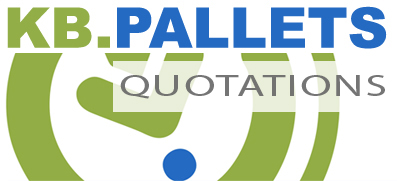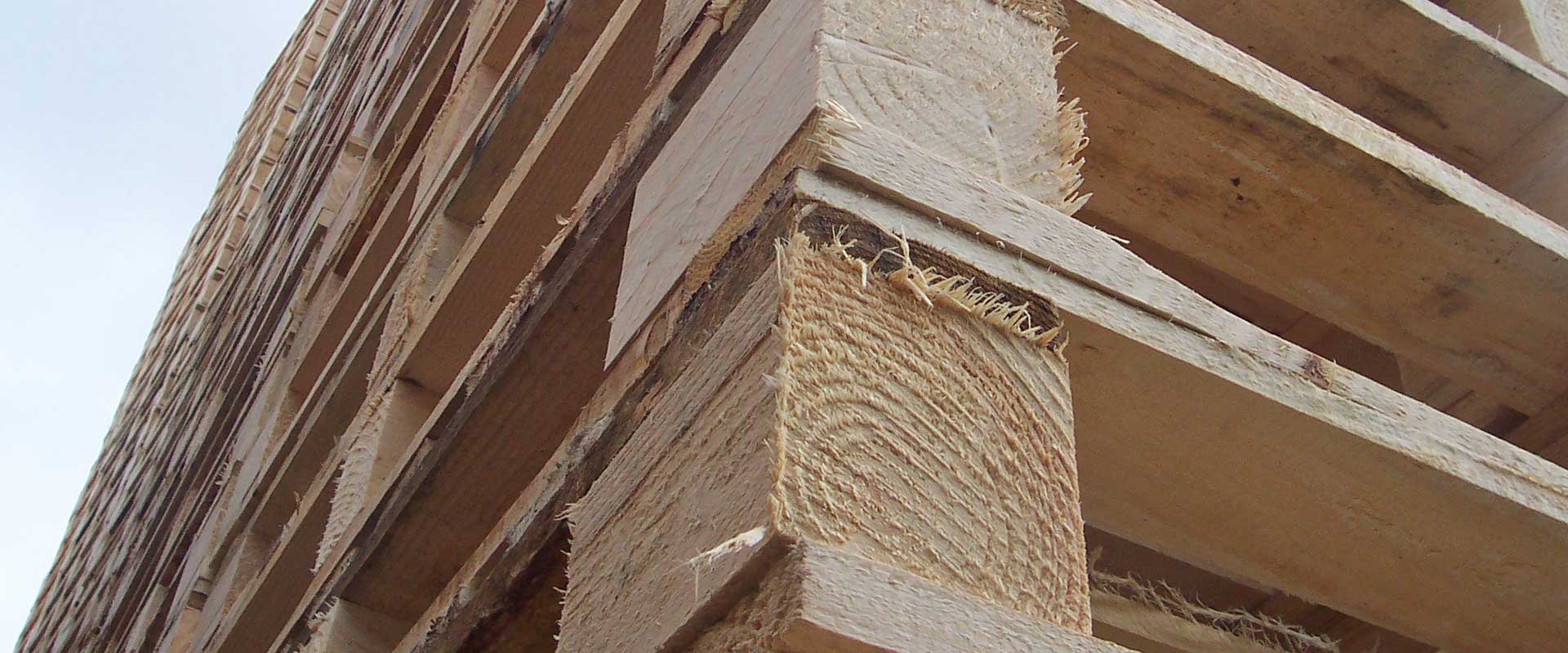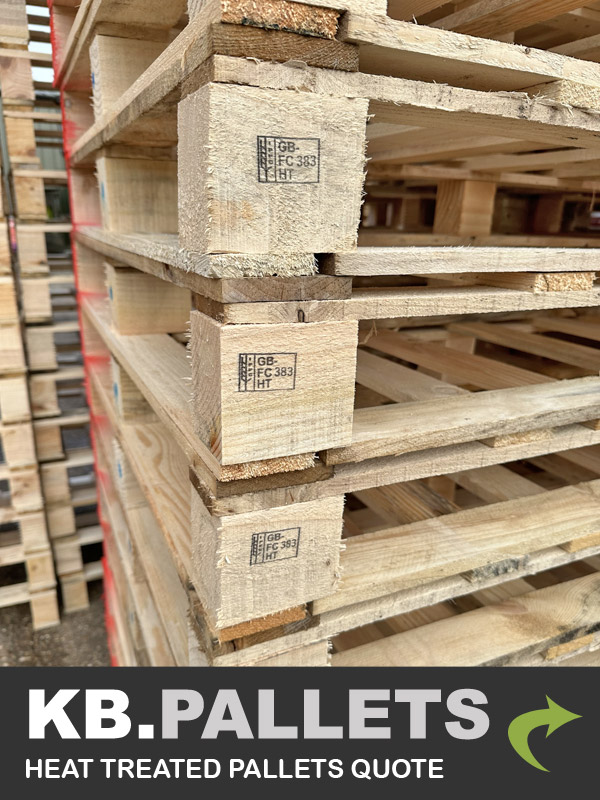ISPM15 Questions & Answers
Heat Treated Pallet Quote
KB Pallets: Heat Treated Pallets ISPM15, Your Questions Answered!
In today's global economy, efficient logistics and safe transportation of goods are critical. When it comes to packaging materials like pallets, ensuring their compliance with international regulations is essential. One such regulation is ISPM15, which mandates the heat treatment of wooden pallets and packaging materials to prevent the spread of invasive pests.
Heat Treated Pallets: What You Need to Know
What is ISPM15?
ISPM15 stands for International Standards for Phytosanitary Measures No. 15. It is an international regulation established by the International Plant Protection Convention (IPPC) to prevent the spread of pests through wooden packaging materials. The regulation requires wooden pallets, crates, and dunnage to be treated with approved methods, such as heat treatment or fumigation, to eliminate pests and their eggs.
Why are heat-treated pallets important?
Heat treatment is a crucial process that eliminates pests that may be present in wooden pallets. By subjecting the pallets to a specific temperature profile, usually 56°C for a minimum of 30 minutes, the heat kills pests, including wood-boring insects and fungi. This treatment ensures that the pallets are free from pests and are safe to use for international shipping, reducing the risk of introducing invasive species to new environments.
How are heat-treated pallets marked?
Heat-treated pallets must bear the ISPM15 mark, which consists of a registered symbol, country code, unique treatment provider number, and the HT (Heat Treated) initials. The mark is usually branded or stamped directly onto the surface of the pallet. This marking allows customs authorities and inspectors to quickly identify compliant pallets and ensures smooth cross-border movement of goods.
Are heat-treated pallets reusable?
Yes, heat-treated pallets are reusable. The heat treatment process does not compromise the structural integrity or durability of the pallets. After treatment, the pallets can continue to be used for multiple shipments, provided they remain in good condition. Reusing pallets not only helps reduce waste but also contributes to cost savings in the long run.
Are there any alternatives to heat treatment?
Along with heat treatment, fumigation is an approved alternative method under ISPM15. Fumigation involves the use of approved chemicals to eliminate pests. However, heat treatment is generally preferred over fumigation as it does not leave any chemical residue, making it more environmentally friendly. Heat-treated pallets also have the advantage of being recognized by most countries without the need for additional documentation.
Get a Heat Treated Pallet Quote Now!
Complete our heat treated pallet quotation form ( call now for quick pallet quote )
Heat Treated Pallet Quotation Call Us : 01767 640988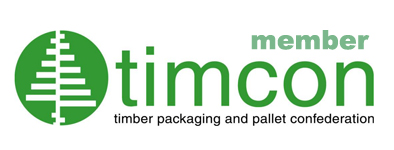


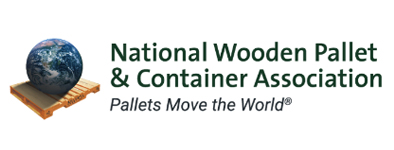
© KB Pallets - Pallet Quotations 2025 - Wooden Pallet Quotations East Anglia Bedfordshire | Web Designer TRdesigns
